Maintaining a clean and healthy pond is essential for its ecological balance and the well-being of its inhabitants. While various filtration systems are available, one particularly effective and environmentally friendly option is a wetland filter. Wetland filters mimic the natural processes that occur in wetlands, using plants and natural elements to purify water and create a thriving ecosystem. In this blog post, we will explore the benefits of wetland filters for ponds and learn how they can contribute to cleaner and more sustainable water bodies. If you live in the Charlotte, North Carolina area and would like help with your water feature please fill out our contact form and we would love to talk to you!
- What are Wetland Filters?
Wetland filters, also known as constructed wetlands or biofilters, are engineered systems that utilize plants, microorganisms, and substrate materials to filter and treat water. They are designed to replicate the functions of natural wetlands, which are known for their exceptional ability to remove contaminants and pollutants from water sources.
- How Do Wetland Filters Work?
Wetland filters function through a combination of physical, plant, and biological processes. Here’s a brief overview:
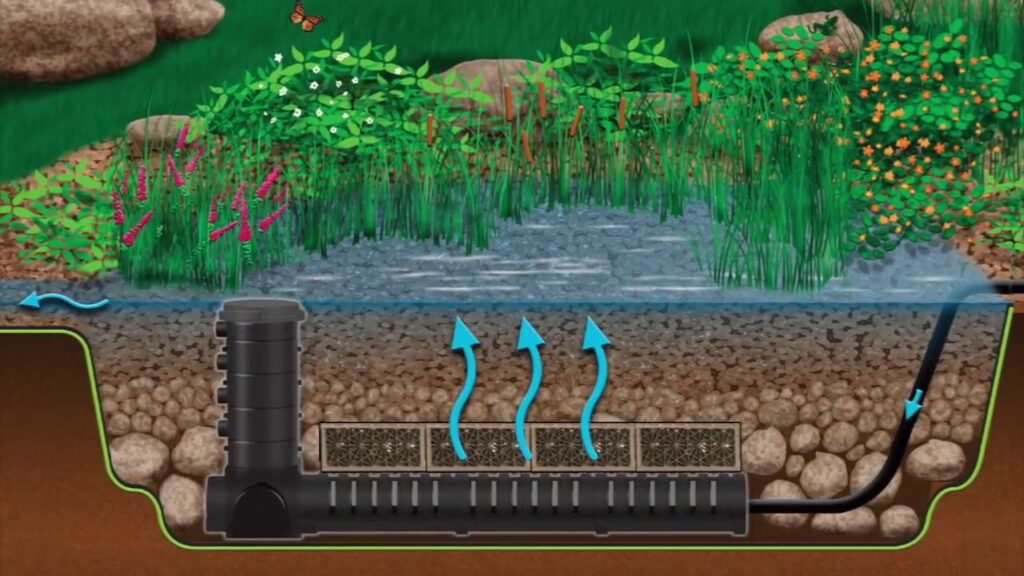
a. Physical Filtration: As water flows through the wetland filter, physical processes such as sedimentation and particle trapping occur. Larger debris and sediments settle at the bottom, preventing them from entering the main body of water.
b. Plant Filtration: The plants in the wetland filter absorb and metabolize excess nutrients like nitrogen and phosphorus, which are major contributors to water pollution. These nutrients are essential for plant growth, effectively reducing their concentrations in the water.
c. Biological Filtration: Wetland filters foster the growth of beneficial microorganisms that break down organic matter, harmful bacteria, and other pollutants present in the water. These microorganisms convert pollutants into less harmful substances through processes like denitrification and mineralization.
- Benefits of Wetland Filters:
Wetland filters offer several advantages over conventional filtration systems. Here are some key benefits:
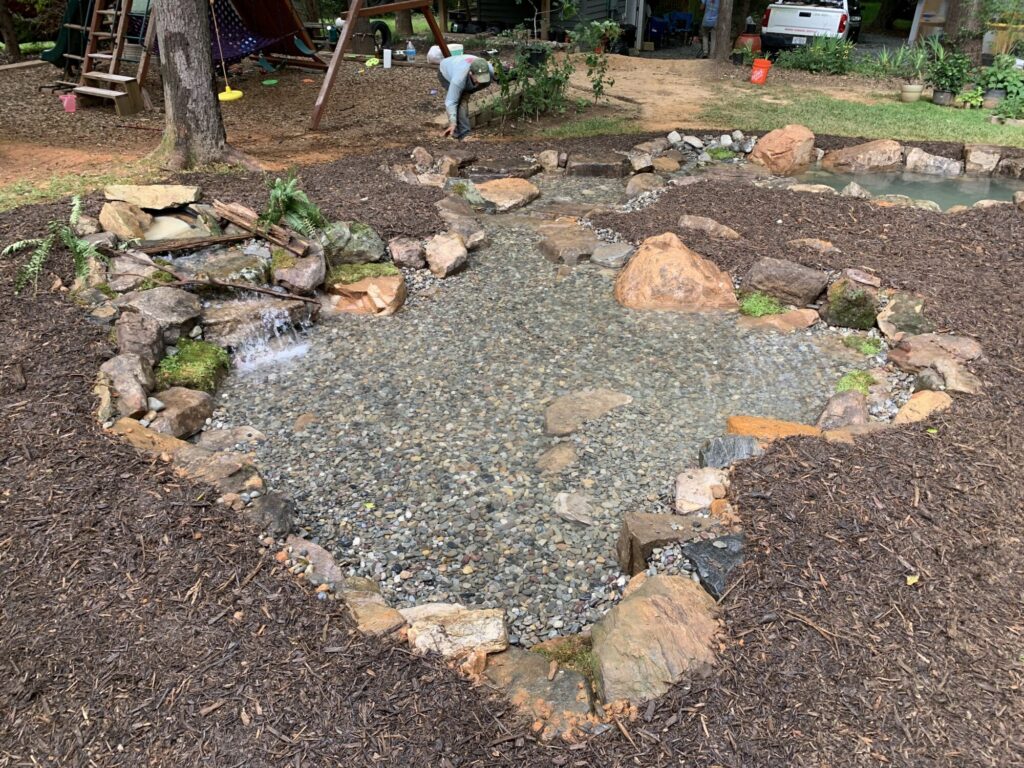
a. Water Quality Improvement: Wetland filters effectively remove pollutants, excess nutrients, and sediments from pond water, resulting in improved water quality. Clearer water not only enhances the aesthetic appeal but also creates a healthier environment for aquatic life.
b. Nutrient Control: By absorbing excess nutrients, wetland filters help prevent algae blooms and promote a balanced ecosystem. Algae blooms can deplete oxygen levels, harm fish and other aquatic organisms, and create an unsightly appearance.
c. Sustainable and Low Maintenance: Wetland filters are a sustainable solution that requires minimal maintenance once established. The natural processes and self-regulating abilities of wetland plants reduce the need for chemical additives and energy-intensive equipment.
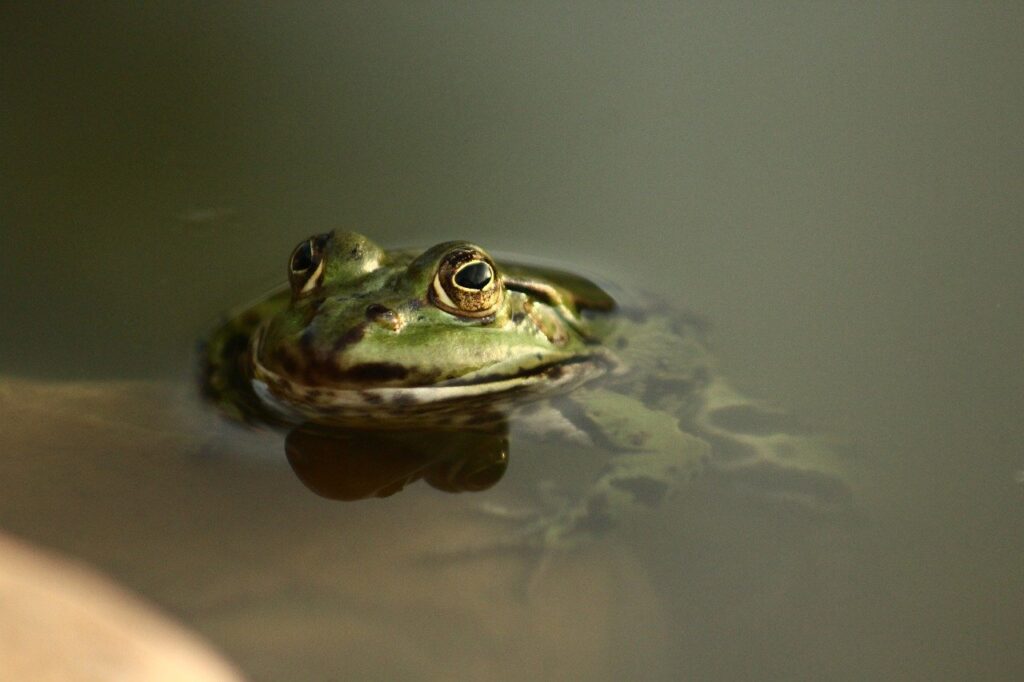
d. Biodiversity and Habitat Creation: Wetland filters provide habitat and shelter for various species of plants, birds, insects, and amphibians. These diverse ecosystems contribute to the overall biodiversity of the pond, fostering a harmonious balance between the flora and fauna.
e. Environmental Stewardship: Choosing wetland filters demonstrates a commitment to environmental stewardship by reducing reliance on chemical treatments and minimizing the ecological impact of pond maintenance.
- Designing and Implementing Wetland Filters:
When designing a wetland filter for your pond, several factors should be considered, including pond size, water flow rates, plant selection, and substrate composition. It is advisable to consult with a professional or a knowledgeable landscape designer to ensure the best results.
a. Plant Selection: Native wetland plants are ideal choices for a wetland filter. They are well-adapted to the local climate and have evolved to thrive in wetland environments. Some common wetland plants include Iris, rushes, water lilies, and various species of sedges and grasses.
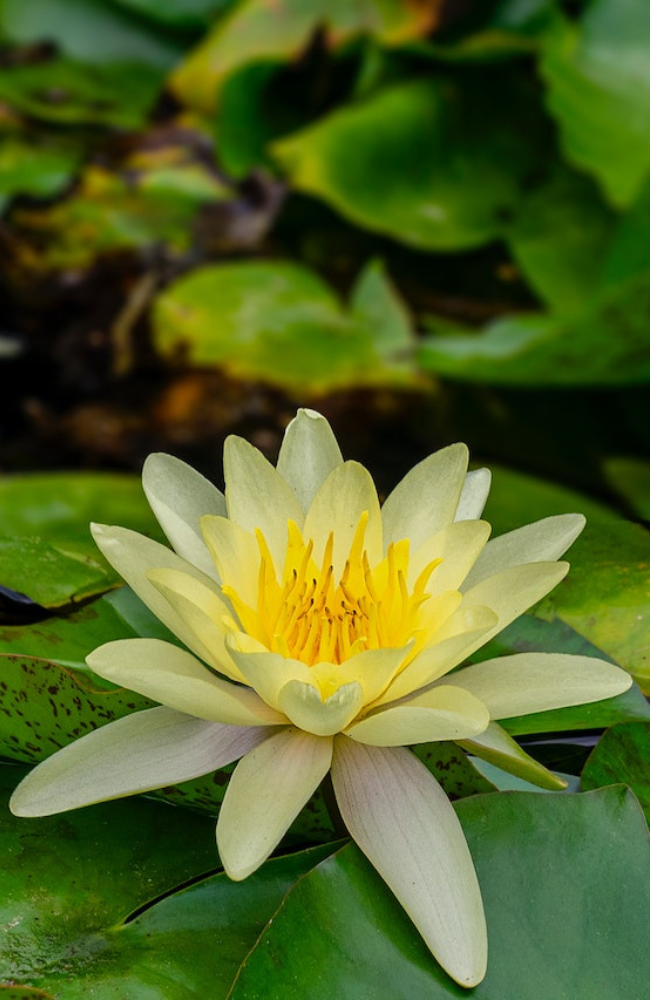
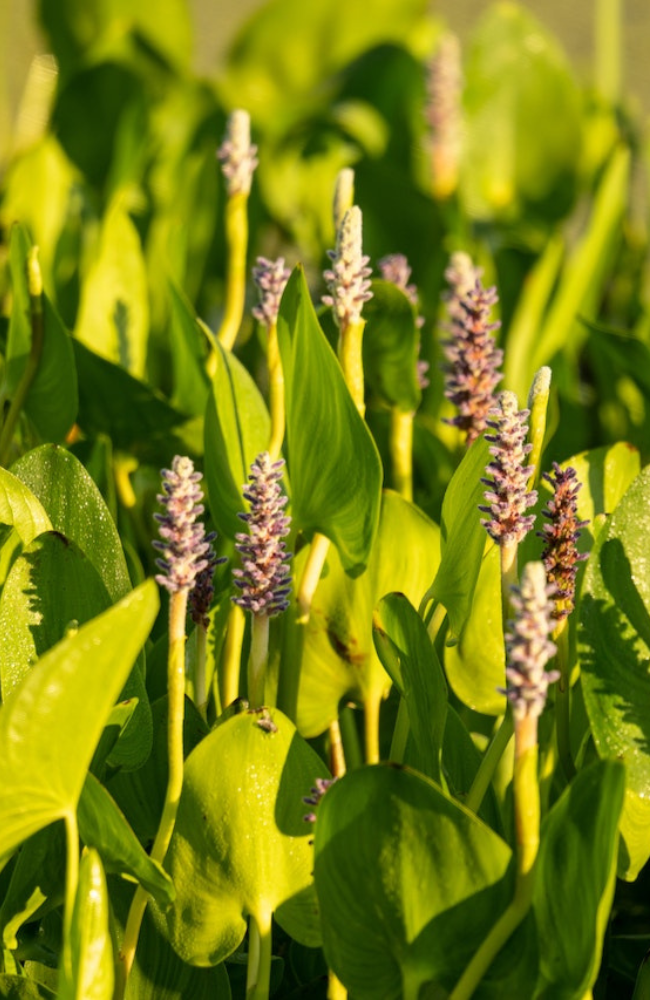


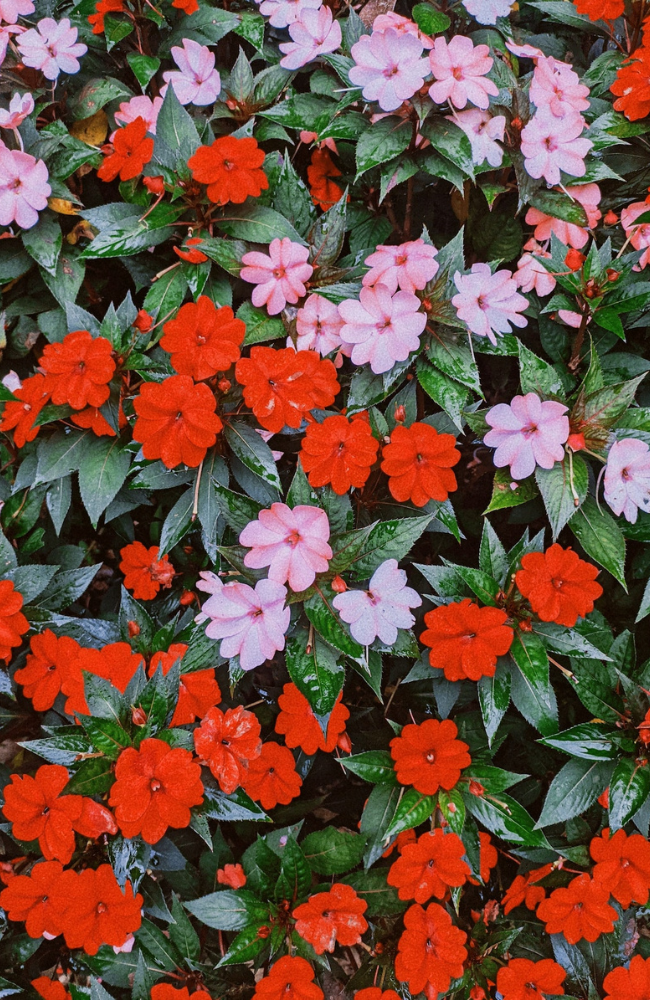
b. Substrate and Media: A mixture of different size gravels. Gravel sizes normally are layered the bottom being 5″-8″ round stone middle being 1″-3″ round stone and the top being 3/4″ gravel
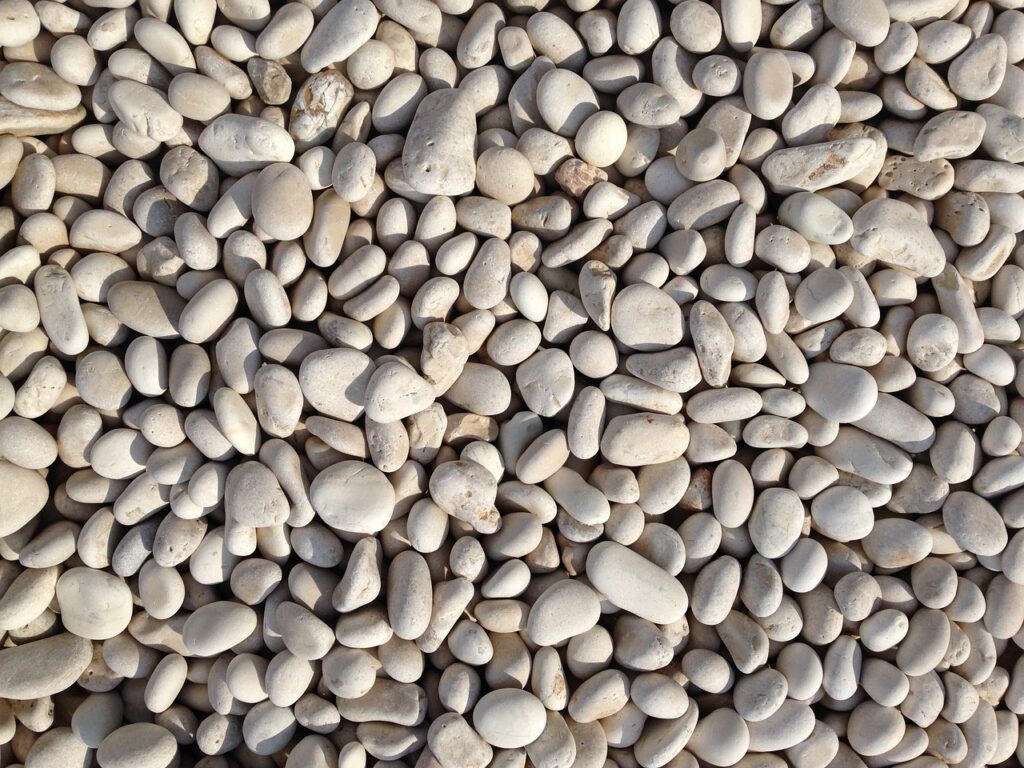
In conclusion, wetland bog filters are a game-changer for koi pond enthusiasts seeking to elevate their aquatic environments. Beyond their water purification prowess, these natural filtration systems foster thriving ecosystems that promote the health and vibrancy of your cherished koi. Whether you’re a seasoned koi keeper or new to pond ownership, this article has shed light on the remarkable potential of wetland bog filters to create a harmonious and pristine habitat for your beloved fish. Embrace the transformative power of these systems, and watch your koi pond flourish like never before.

